History of Kumkumadi Tailam
| Estimated Reading Time: 8 minutes |
It was one of those muggy afternoons in a Kerala market, the kind where the air sticks to your skin and every breath smells of roasted cumin and wilting flowers. I was weaving through a maze of stalls—bright sarees spilling over tables, brass lamps glinting in the sun—when an old woman caught my eye. Her face was a map of wrinkles, but her smile was young. She sat behind a cluttered counter, and on it was a tiny glass bottle, amber and unassuming. “This,” she said, tapping it, “is Kumkumadi Tailam. It’ll make your skin sing.” She rubbed a drop on my wrist, and I swear my skin lit up, like it was whispering thank you. That day, I didn’t just buy a bottle; I stumbled into a story that’s been unfolding for centuries. Let me share it with you, piece by piece, as I’ve pieced it together myself
Table of Content: |
Where it all Began: The Roots of Kumkumadi Tailam
I’ve always been a sucker for origin stories, and Kumkumadi Tailam has one that feels like it’s woven from starlight. It comes from Ayurveda, India’s ancient way of healing that’s been around longer than most civilizations—5,000 years, give or take. I picture old sages, their beards flecked with herb dust, sitting in forest clearings, mixing potions while the world was still young. That’s where Kumkumadi Tailam was born, or so I like to think.
The first whispers of it show up in dusty Ayurvedic scrolls, the kind written when ink was made from berries. These texts are like treasure maps, packed with recipes for aches, fevers, and even fading beauty. One tale says Kumkumadi Tailam was a gift from heavenly healers, twin brothers in Hindu myths who could fix anything—broken bones, broken hearts, or dull skin. They whipped up this oil to bring back a glow that said, “I’m alive.”
Back then, Kumkumadi Tailam was for the fancy folks—queens, princesses, the ones who bathed in rosewater. Saffron, the heart of the oil, was pricier than jewels, so using Kumkumadi Tailam was like wearing a crown on your face. I imagine a queen’s chamber, flickering with oil lamps, the air heavy with sandalwood as a maid massages the oil into her skin. It wasn’t just about looking pretty; Ayurveda says beauty comes from balance, and Kumkumadi Tailam was made to fix what’s off inside, whether it’s stress or a stubborn blemish. That’s what hooked me: it’s not just a potion; it’s a promise of harmony.
What’s in a Name? Decoding Kumkumadi
Names matter, don’t they? They carry weight, tell stories. Kumkumadi Tailam is no different. The first time I heard it, I thought it sounded like a lullaby. Break it down, and it’s poetry. Kumkuma is Sanskrit for saffron, those crimson threads that cost more than gold. They’re so delicate, like little wisps of fire, and when you hold them, it’s like you’re holding a sunset. The -adi part means “plus more,” a nod to the gang of herbs that tag along with saffron. Tailam is just “oil,” simple and honest.

Saffron’s the star, though. In old India, it was sacred—sprinkled in temples, woven into dyes, stirred into medicines. It’s not just pretty; Ayurveda says it can calm your skin, brighten your face, even lift your mood. When I found that out, I started seeing my bottle of Kumkumadi Tailam as a little shrine to nature’s magic. The name itself feels like a vow: use this, and your skin will glow like dawn. I was skeptical, I’ll admit. But after a few weeks of dabbing it on my cheeks, my skin—tired from late nights and city grime—started looking like it had a secret. Kumkumadi isn’t just a name; it’s a spark.
The Heart of It: Ayurveda’s Wisdom in Kumkumadi
Ayurveda’s got this way of making you feel like you’re part of something bigger. It says your body’s a tiny universe, run by three energies: Vata (like wind, all airy and quick), Pitta (fire, hot and sharp), and Kapha (earth, steady and solid). When they’re in sync, you’re golden. When they’re not, your skin might throw a fit—think pimples, dryness, or that “I haven’t slept in a week” look. Kumkumadi Tailam steps in like a peacemaker.
It’s made to calm Pitta (too much fire means red, angry skin) and Vata (too much air dries you out). But it’s not just about the surface. Ayurveda sees skin as a mirror of what’s inside—your blood, your fluids, your spirit. If something’s off, like stress or bad digestion, your face tells the story. Kumkumadi Tailam works on both ends, soothing blemishes while nudging your body back to balance. Its herbs—saffron, sandalwood, a pinch of turmeric—aren’t just there to look nice; they’re like a choir, each singing a different note of healing.
I didn’t get it at first. I was used to slathering on creams that burned or smelled like a lab. But Kumkumadi Tailam was different. It felt gentle, like a friend. After a month, my skin wasn’t just clearer; it felt quiet, like I’d finally exhaled. Using it became my nightly escape, a moment to shut out the world. Ayurveda calls some herbs sattvic—pure, peaceful—and Kumkumadi Tailam has that vibe. It’s not about chasing pretty; it’s about feeling whole.

How it’s Made: The Slow Art of Kumkumadi Tailam
Making Kumkumadi Tailam is like watching someone paint a masterpiece, stroke by careful stroke. I learned this from an herbalist in Tamil Nadu, a wiry man with hands that moved like they knew secrets. He showed me the process, and I was hooked—not just on the oil, but on the love it takes to create it.
It starts with a kashayam, a kind of herbal tea on steroids. You take a pile of herbs—saffron, sandalwood, licorice, Indian madder, a bunch of roots—and boil them in water until it’s thick and potent, reduced to a fraction of what it was. That’s mixed with sesame oil (sometimes coconut oil, depending on where you are) and a splash of goat’s milk, which sounds odd but makes the oil feel like silk. Then you add a paste of more herbs and cook it all over a low flame, sometimes for days. The water burns off, leaving just the oil, now humming with the herbs’ essence.
The trick is the heat—too high, and you ruin it; too low, and it doesn’t blend. Saffron goes in last, its threads steeping like tea. The oil’s strained, bottled, and sometimes left to sit, getting richer with time. The herbalist called it taila paka, and he said it’s as much art as science. Watching him, I felt like I was seeing something ancient, something that doesn’t belong in our hurry-up world. Every time I use Kumkumadi Tailam, I think of that slow fire, those careful hands, and the earth that gave it all up. It’s not just oil; it’s time in a bottle.
The World Falls in Love: Kumkumadi’s Global Journey
These days, Kumkumadi Tailam isn’t just a Kerala market find—it’s everywhere, from fancy boutiques to online shops. Its leap from ancient India to modern vanities is a story of rediscovery, and I’ve watched it unfold with a mix of pride and wonder. My own bottle sits on my dresser, but I’ve seen it in glossy ads and glowing reviews, reborn as a “miracle oil.”
It started in the early 2000s, when the world got curious about Ayurveda. People were tired of chemical-heavy creams and wanted something real. Kumkumadi Tailam fit the bill—ancient, natural, and promising a glow that felt earned. It showed up in wellness stores and beauty blogs, its story of royal roots and saffron magic drawing people in. Soon, it wasn’t just in India; it was in London, Sydney, Los Angeles, anywhere people wanted skin that looked alive.
What makes it click? It’s versatile—dry skin, oily skin, sensitive skin, it doesn’t care. It doesn’t clog pores or sting, and it’s free of the junk you find in most tubes. I’ve read reviews where people swear it erased their dark spots or softened their lines. One woman called it “sunshine for my face,” and I get it. My own skin, once a mess from stress and smog, started looking smoother, brighter, like it remembered how to shine.

But it’s not all rosy. Saffron’s expensive, so some folks skimp, making oils that don’t deliver. I bought a cheap one once—big mistake. It was like rubbing water on my face. And you can’t slather it on; too much, and you’re greasy. A drop or two does the trick. Still, Kumkumadi Tailam is a global darling now, proof that people want beauty with a story, beauty that feels true. For me, it’s more than a trend—it’s that market moment, my evening ritual, a little piece of magic I carry every day.
A Final Drop
Tonight, as I rub Kumkumadi Tailam into my skin, I’m struck by what it holds: old stories, earth’s gifts, a quiet kind of healing. From its mythic start to its worldwide embrace, Kumkumadi Tailam is Ayurveda at its best—timeless, gentle, true. It’s taught me beauty isn’t about perfection or quick tricks; it’s about caring for yourself, drop by drop. If you’re curious, give Kumkumadi Tailam a chance. You might find more than a glow—you might find a story.
Recommended Products by Blue Nectar:
Kumkumadi Face Serum and Oil with Saffron for Glowing Skin (26 herbs)
References:
https://oneworldayurveda.com/blog/what-are-ayurvedic-doshas/
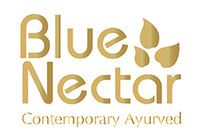

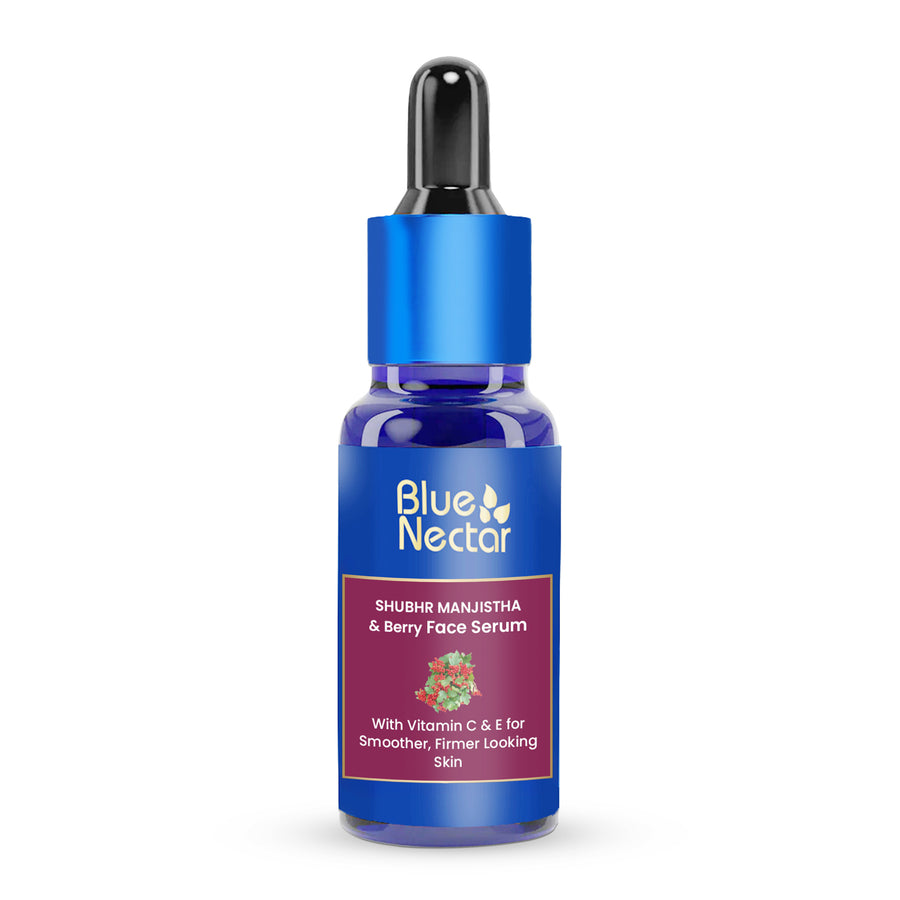
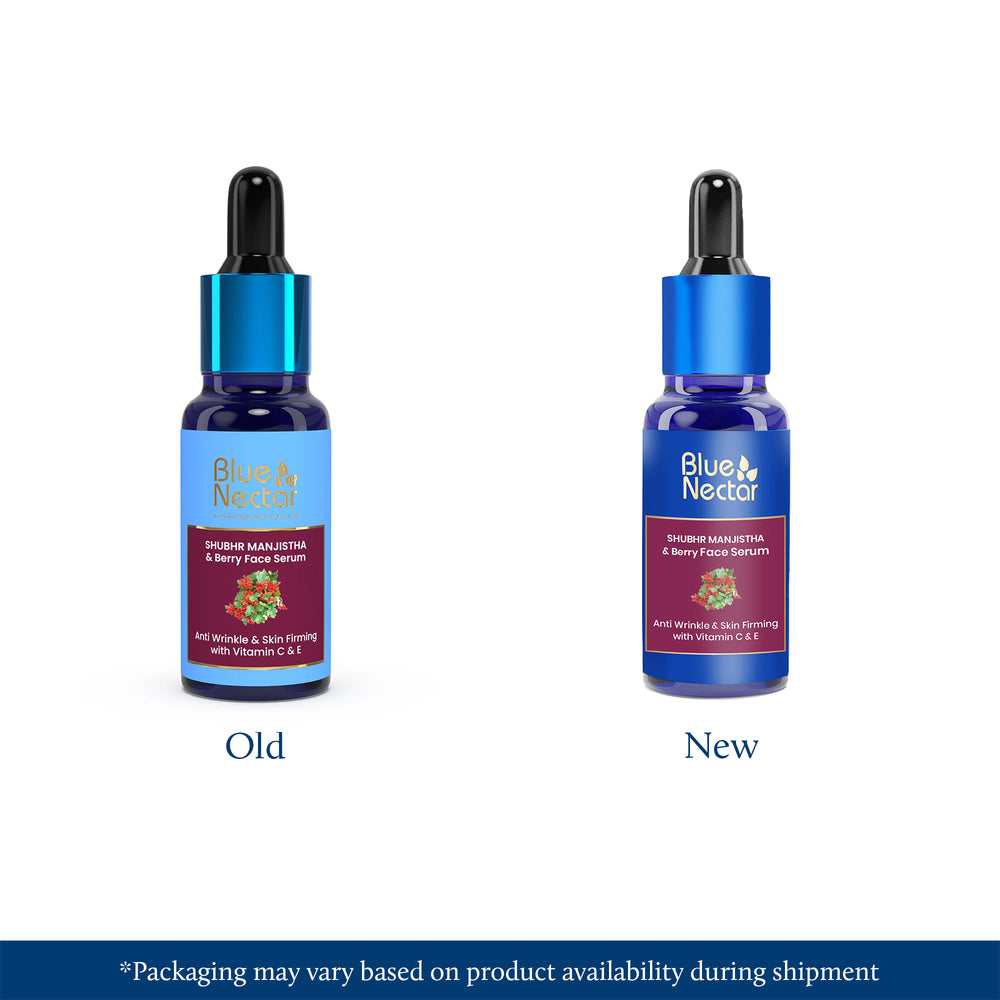
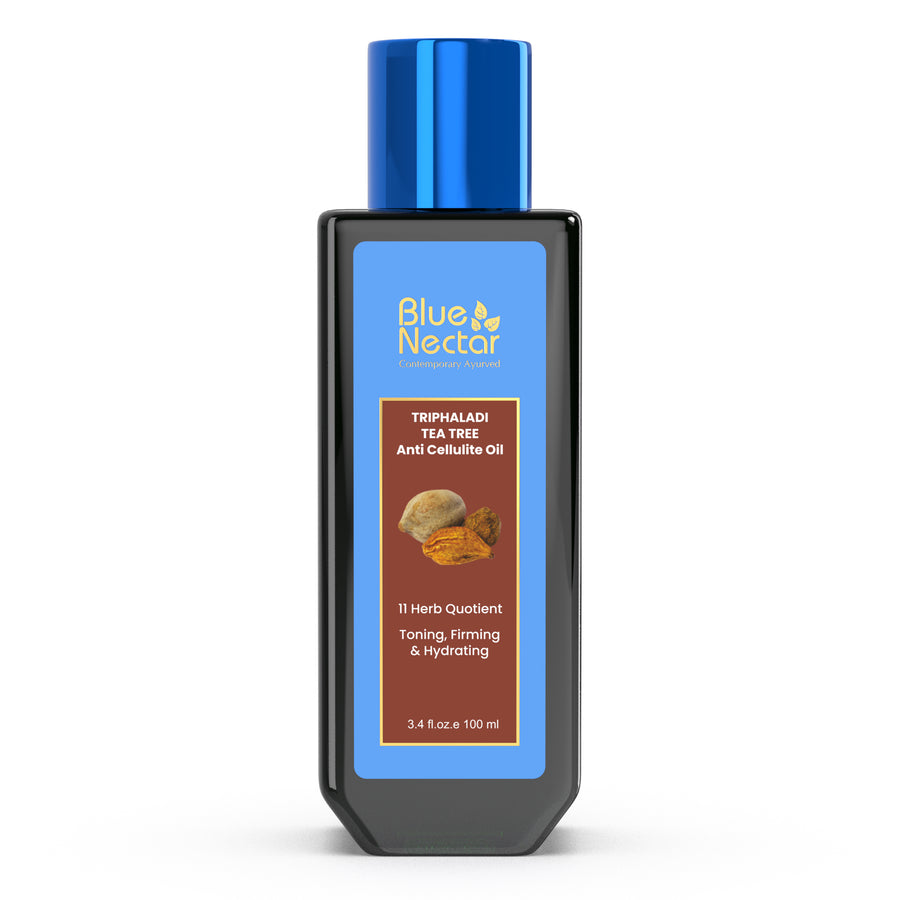
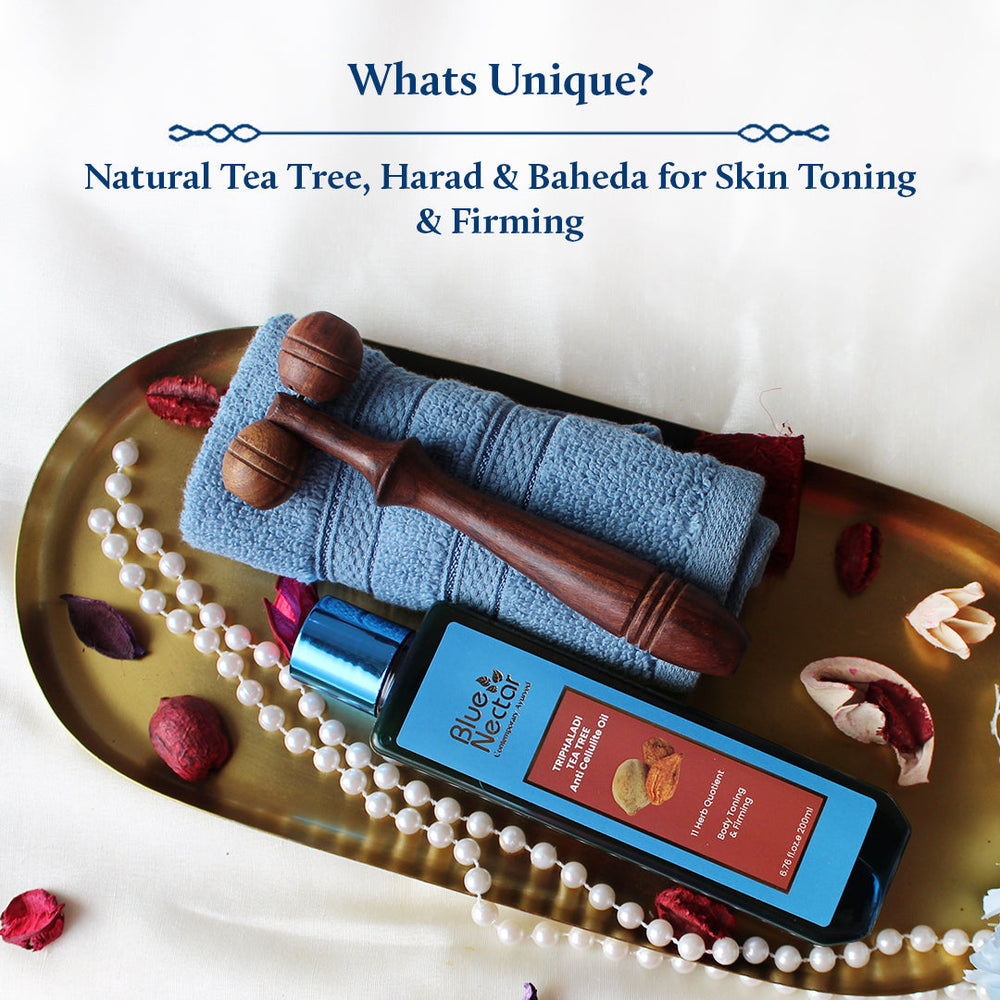

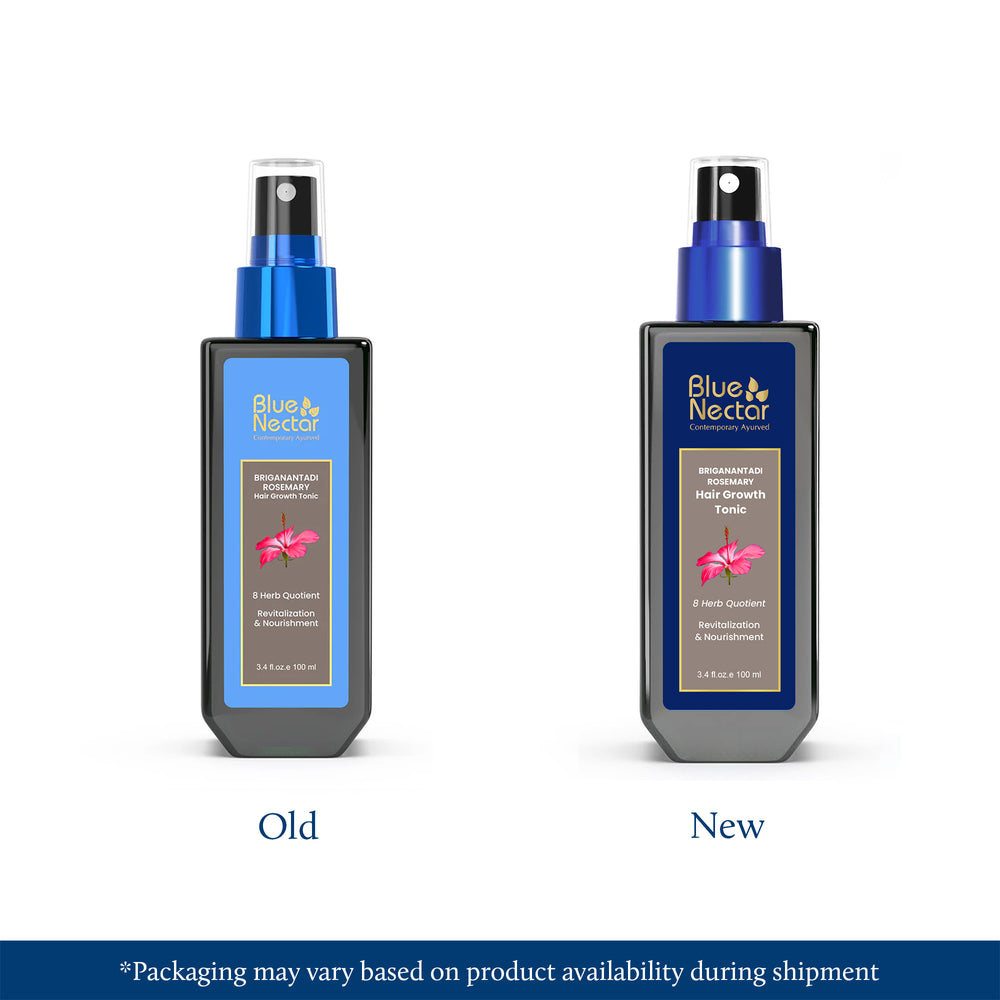
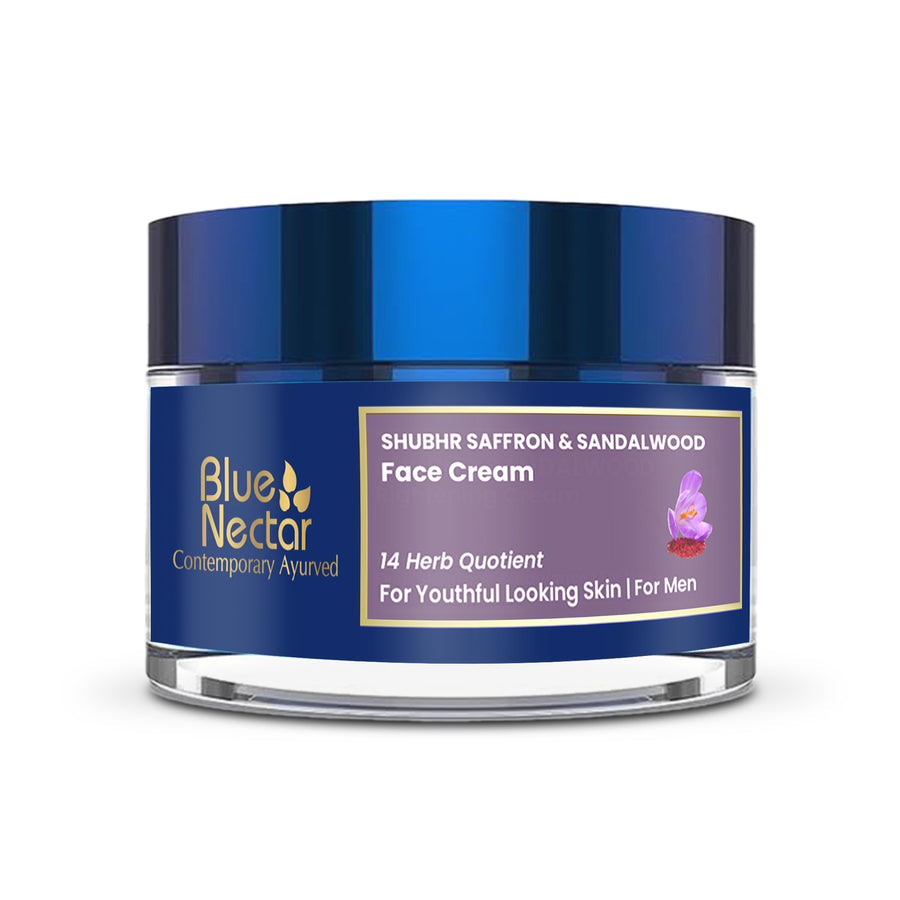
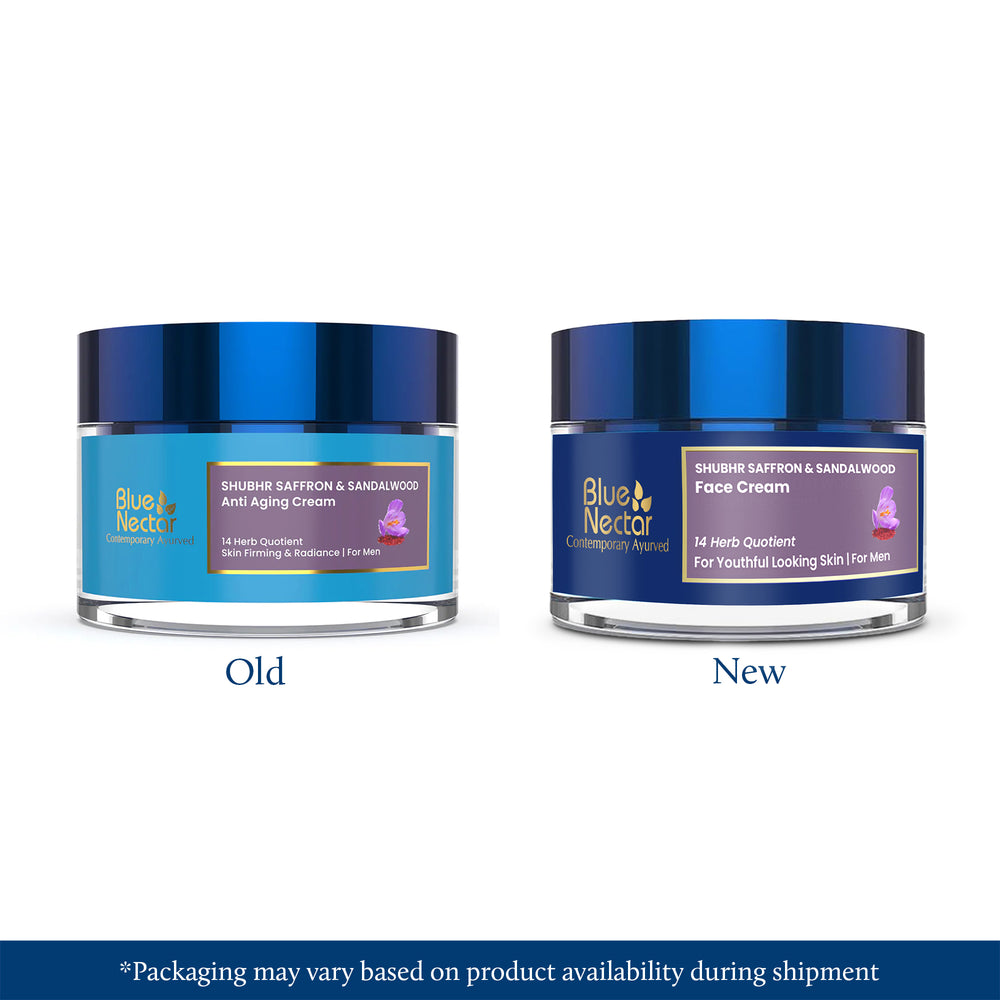
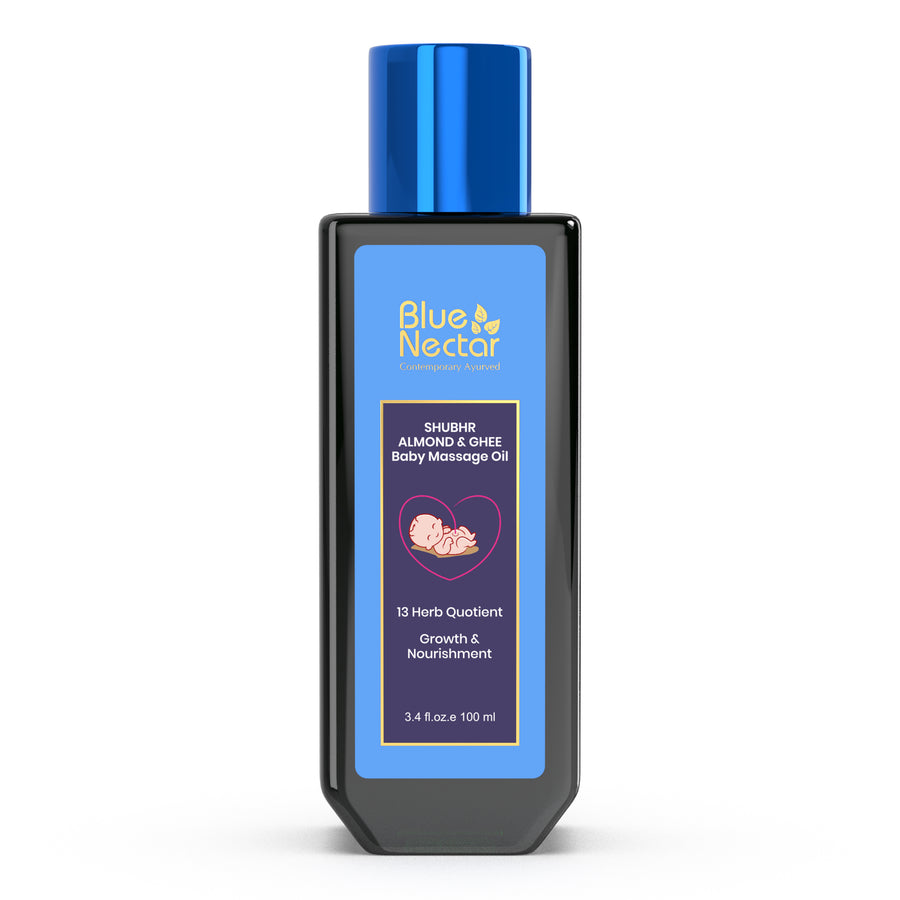
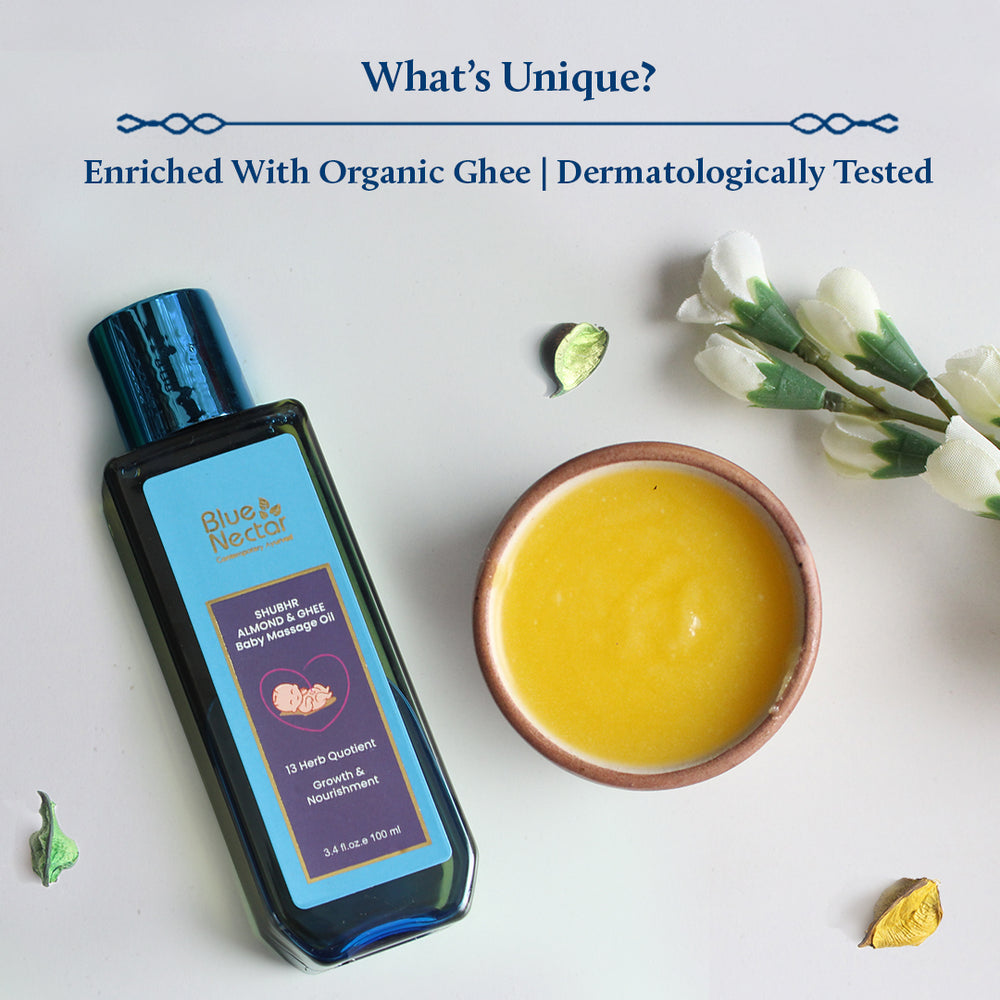

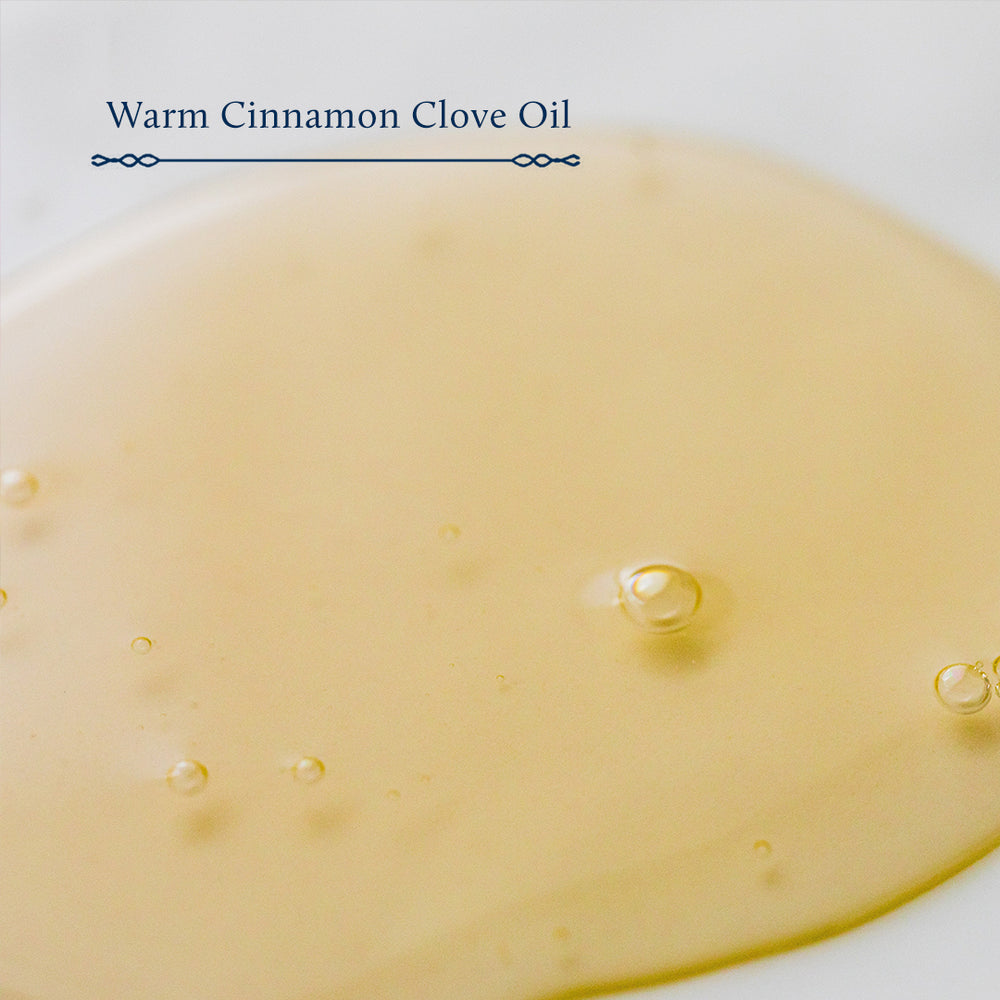



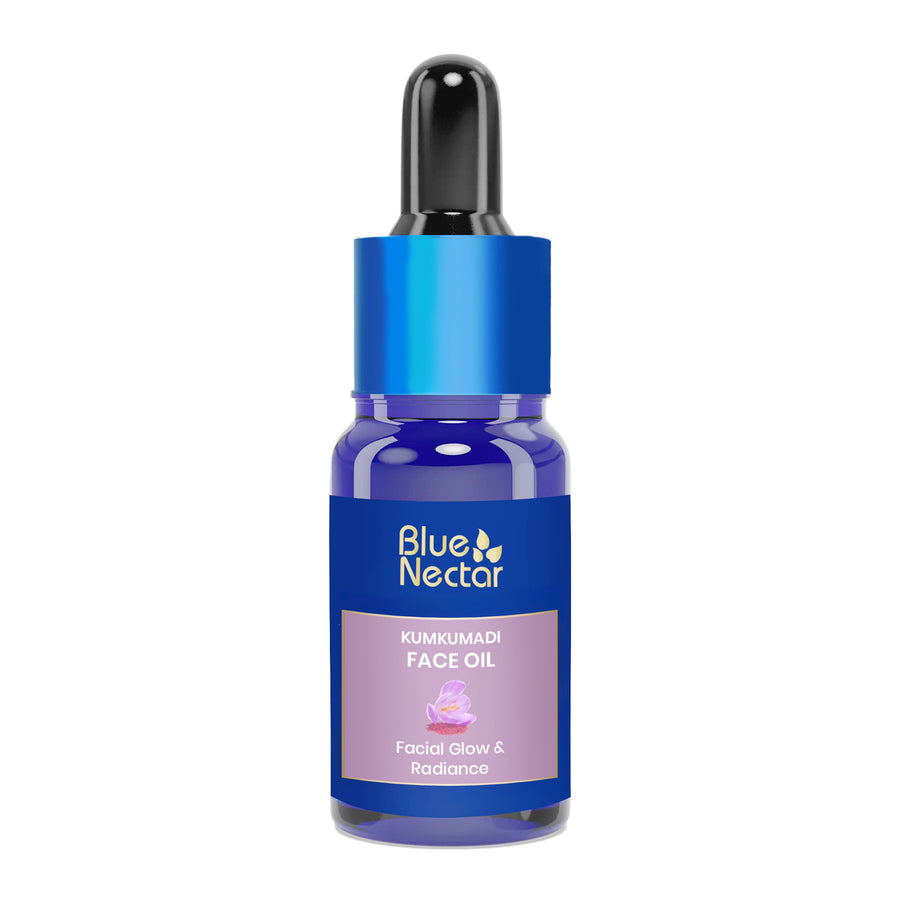
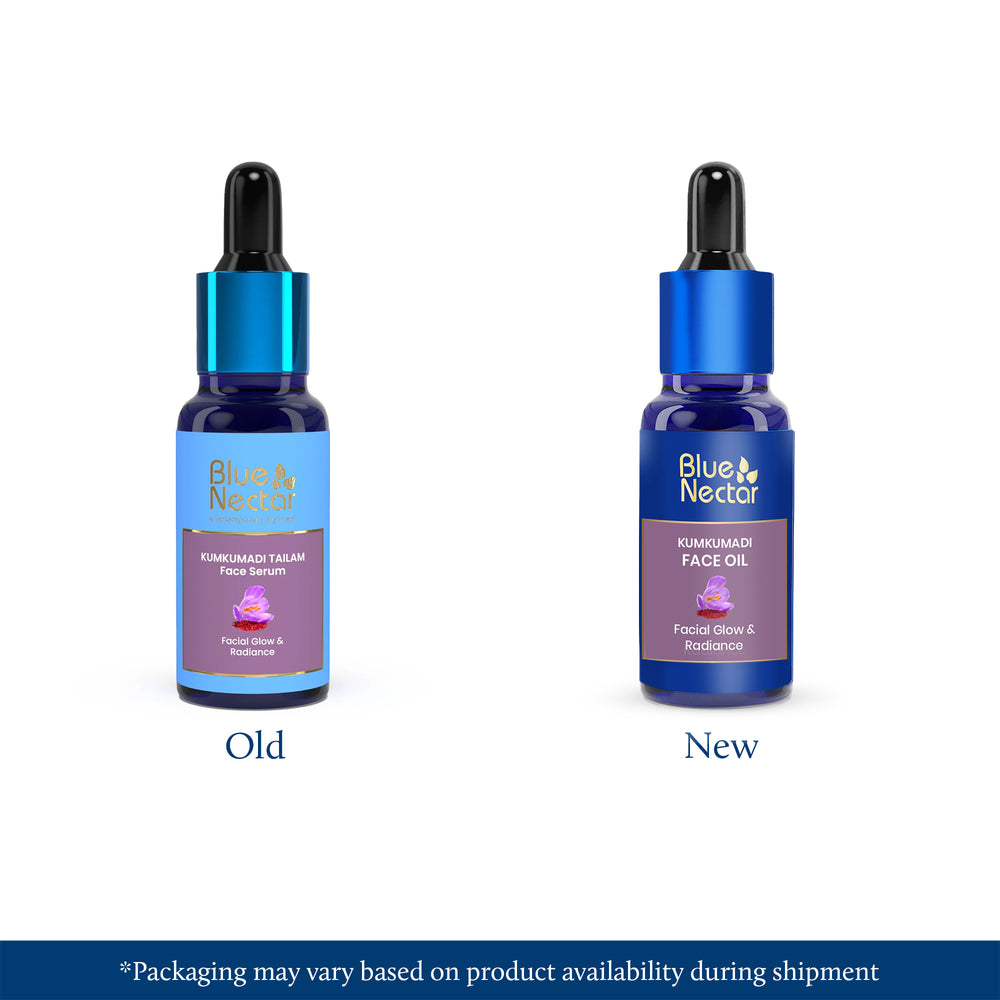
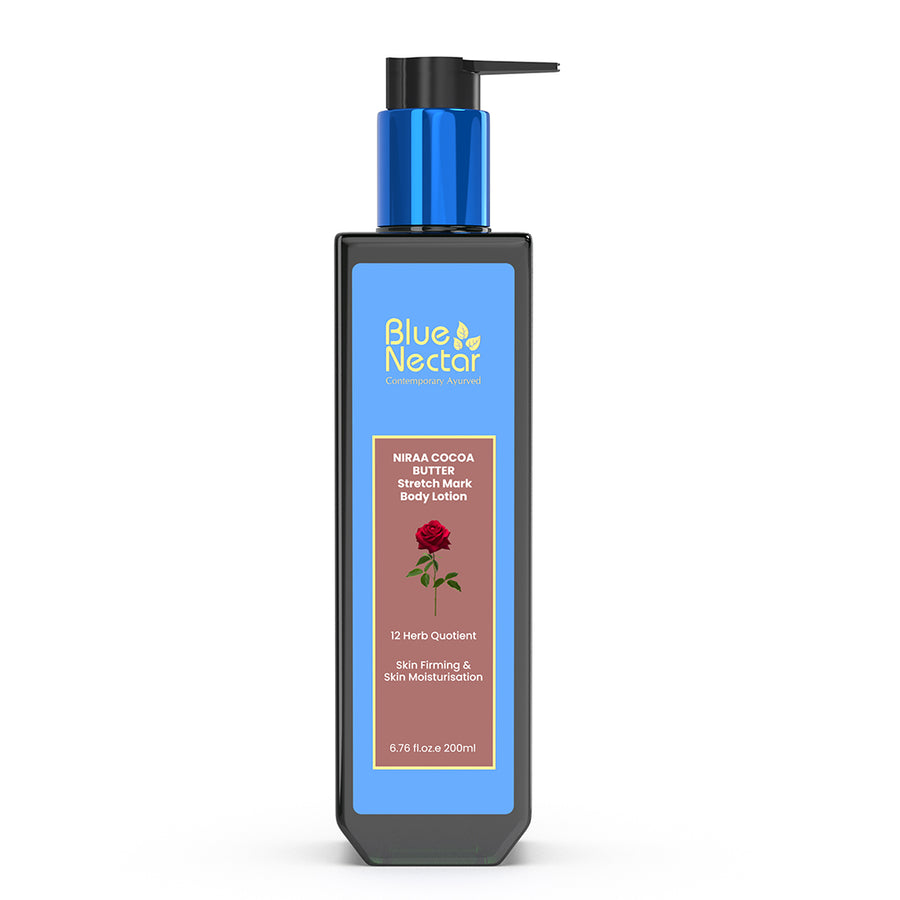
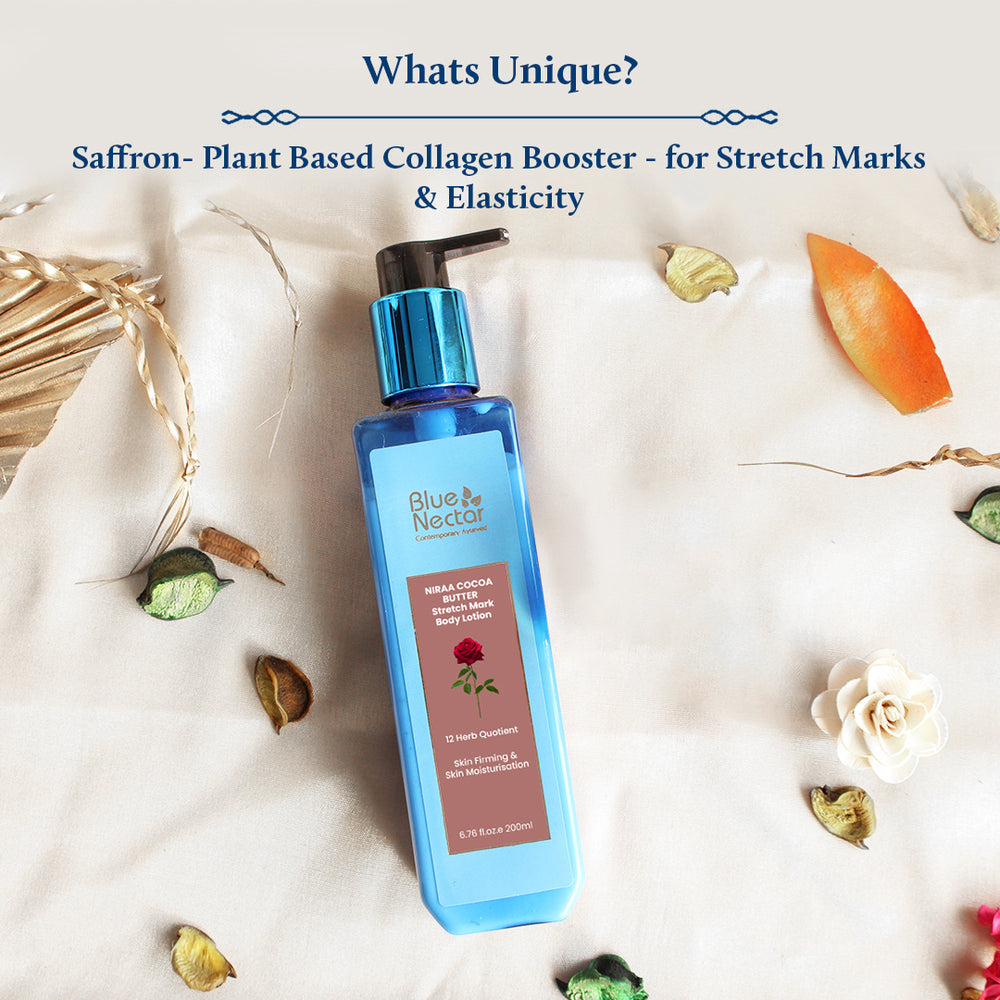
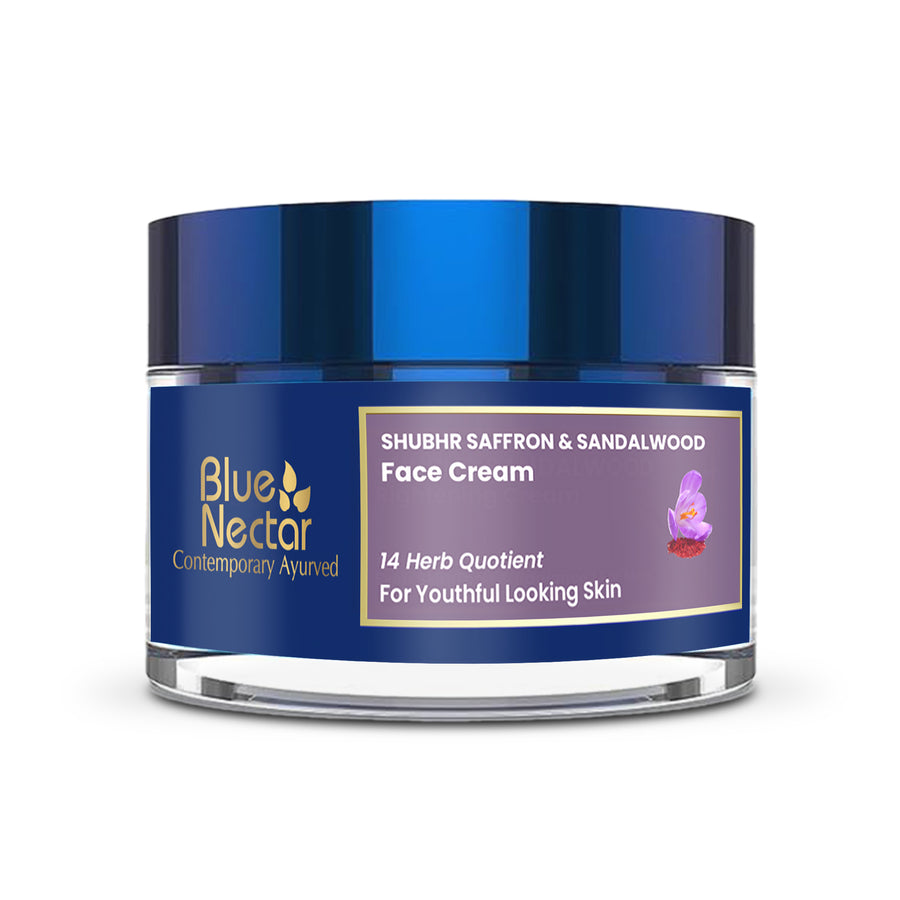
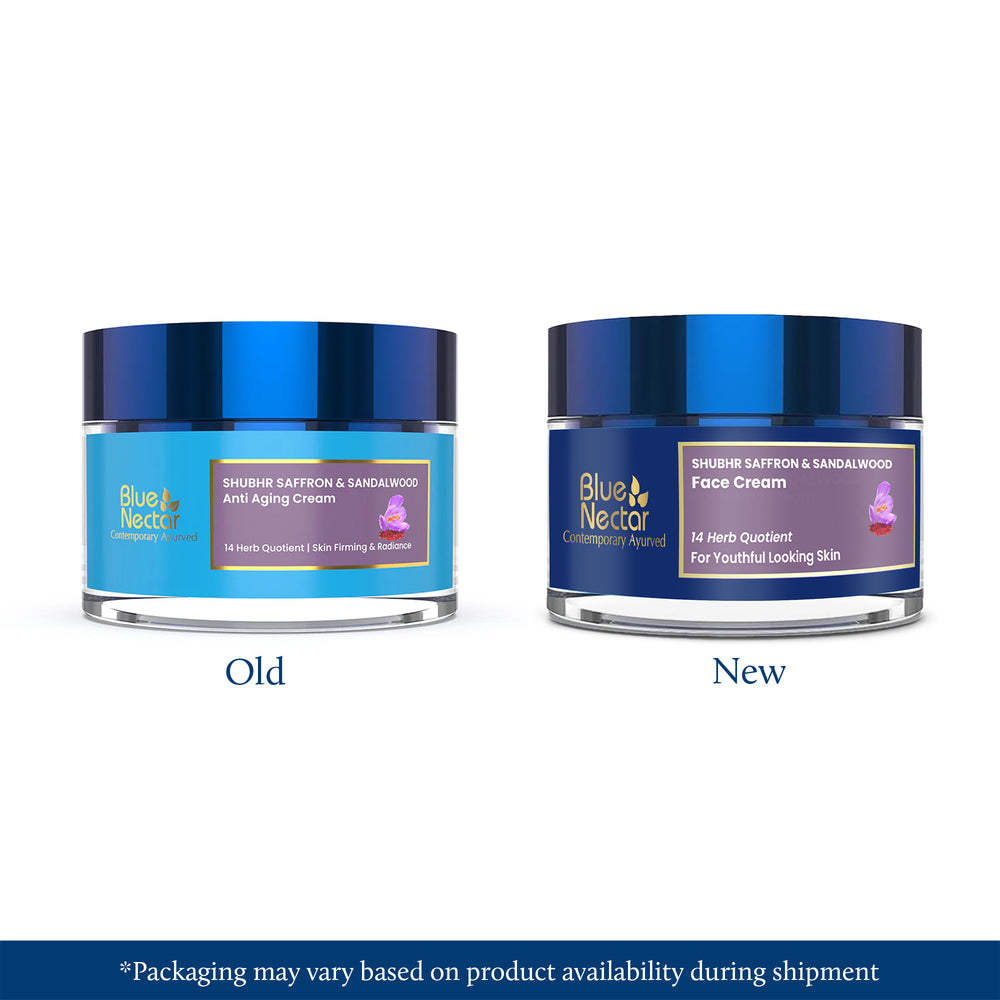
Leave a comment